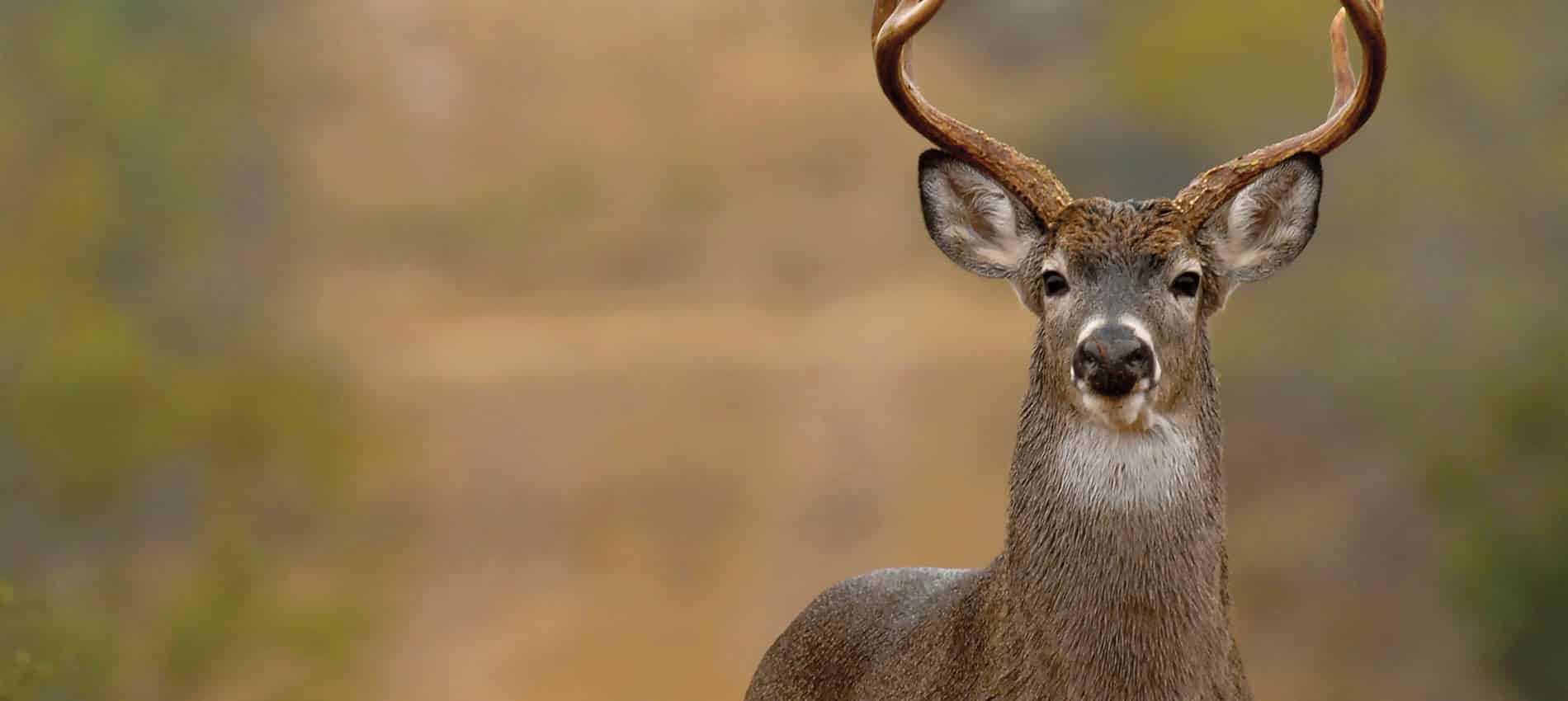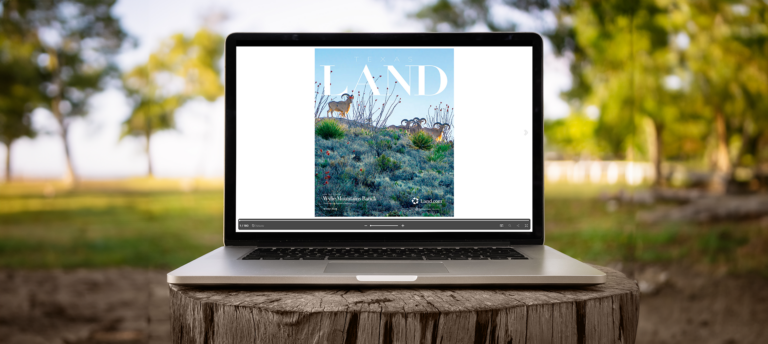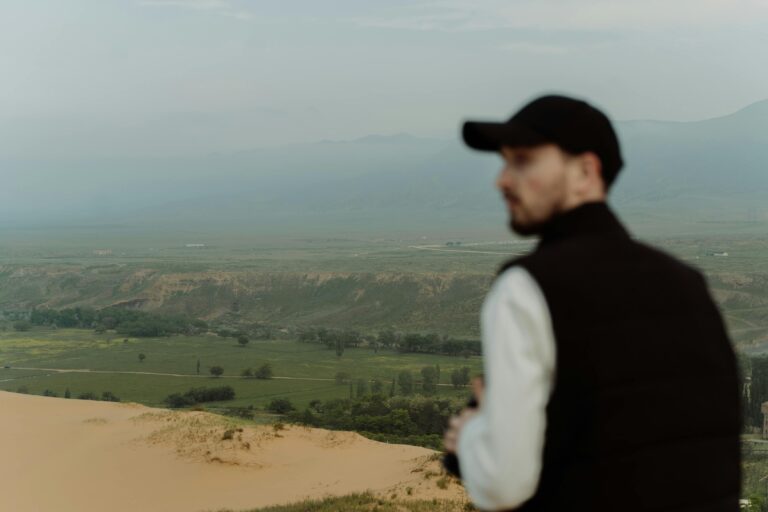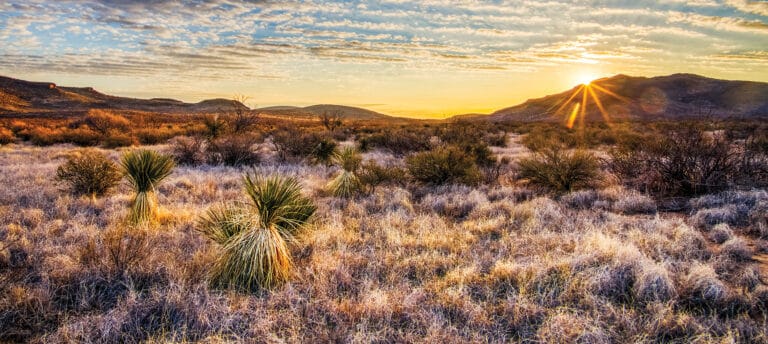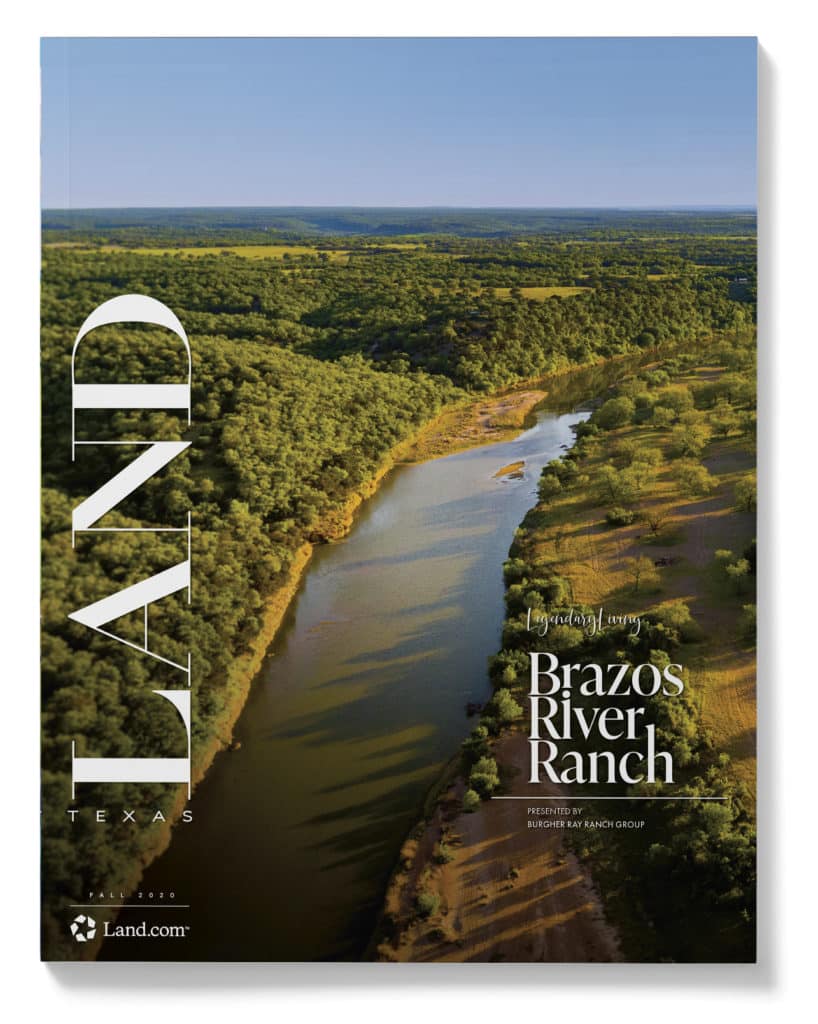
This article is featured in the Fall 2020 issue of Texas LAND magazine. Click here to find out more.
Small acreage landowners can still have a big impact for Texas wildlife. “As large ranches get smaller throughout Texas, the only way we can get anything done for wildlife on a landscape scale is to engage small acreage landowners alongside those with larger holdings,” said Tim Siegmund, Texas Parks and Wildlife Private Lands Program Leader who is based in College Station.
According to the American Farmland Trust, Texas is losing productive, open space land faster than any other state in the nation. Fragmentation, the breaking up of larger parcels into smaller ones, is occurring across the state, but is most evident along the I-35, I-45 and I-10 corridors.
“Based on our own surveys and work done by the TAMU Natural Resources Institute, the driving force behind rural real estate sales is recreation not production agriculture,” said Siegmund, noting that wildlife was a component of recreation for many people.
Generally, Texas Parks and Wildlife Department defines small acreage as holdings of 100 acres or less. The notable exception is the Trans Pecos, where the desert environment limits the land’s carrying capacity, so it takes more acreage to support the same number of animals; in Far West Texas, small acreage is 500 acres or less.
“From the agency’s perspective, size doesn’t matter when it comes to technical guidance or cost-share programs,” Siegmund said. “All landowners receive our best information for managing their properties, and cost-share money is awarded on the merit of the project, not on the size of the acreage.”
Small Acreage vs. Large Acreage
While the actual land management techniques such as prescribed burns, mechanical brush control or individual plant treatments are applied to the land identically regardless of the amount of acreage involved, small acreage managers must contend with some unique challenges.
By its nature, small acreage is more heavily influenced by its neighbors than larger tracts.
“Small acreage landowners can do everything exactly right, but may not see the desired results if their neighbors are not managing the resources in a similar manner,” Siegmund said. “For instance, your 100 acres of prime, restored quail habitat is not going to attract quail if it’s surrounded by 10,000 acres of poor habitat, or your 100 acres isn’t going to produce big bucks if your neighbors aren’t managing for mature deer in their harvest and good habitat on the land.”
In areas with a preponderance of small acreage, TPWD personnel recommend that neighbors create wildlife cooperatives.
“Wildlife cooperatives are groups of like-minded neighbors who get together, set goals, and all manage their properties to achieve those goals,” Siegmund said. “It creates habitat and shapes meaningful change at the landscape level.”
The groups, which usually meet twice a year, are self-governing. They work with a local TPWD biologist. Currently, there are more than 140 registered wildlife cooperatives in Texas. The highest concentration of wildlife cooperatives occurs in District 7, an area in the southern post oak savannah and coastal prairie ecoregion that stretches from Beaumont west to Bastrop and from Lockhart through Victoria to Refugio going south and up along the coast back to the Sabine River.
“Cooperation is critical to conservation success in many parts of the state,” Siegmund said. “For instance, the agency needs about 10,000 acres of suitable habitat to conduct an Eastern turkey re-stocking project. In the eastern portion of the state, that’s usually a lot of individual landowners.”
Land management on any scale costs money, but the expenses are borne differently on small acreage.
“Obviously, a small tract of land requires a smaller quantity of any given service such as chemical brush treatment, but the cost per unit of service may be higher,” Siegmund said.
TWA exists to represent the interests of Texas land stewards, the people who work on behalf of wildlife and its habitat, regardless of the size of their holdings.”
—David Brimager
Director of Marketing and Partner Relations for TWA
For instance, owners of a 100-acre property may need to treat brush encroachment on their prairie land. In this example they may need to treat 50 acres with herbicide. Purchasing the herbicide in 2.5 gallon containers and paying a contractor to spray the 50 acres with a ground broadcast application will run about $50 per acre in this example. This equals a total of $2,500 for the project.
A 10,000-acre property may be able to buy the herbicide at a bulk discount in 250 gallon totes with plans to treat 250 acres in one pasture. The bulk cost of the herbicide and the use of a helicopter for aerial application reduces application costs to $34 per acre. This saves the large project almost $16 per acre over the smaller project due to economies of scale.
Total cost for the large project is $8,500. The larger project would be able to treat five times the acreage for brush encroachment and only spend 3.5 times as much money.
Often times, small acreage landowners don’t own equipment, such as tractors, necessary for some land management techniques such as disking firebreaks for prescribed burning. As a result, there can be added expense as they have to hire service providers. In the case of prescribed burns, scheduling a service provider can add another variable to an already time and weather sensitive process due to their commitments with other customers, Siegmund said.
In the land management tool box, some tools are better suited to different size properties. Using deer surveys as an example, Siegmund said it is generally more feasible to use camera surveys on small property because the number of cameras and the number of photographs that have to be analyzed is more manageable on a small scale in order to get an accurate count. Spotlight surveys work well for mid-sized and larger properties, while aerial surveys are best suited to large properties.
Another difference due to scale is that small acreage landowners often have the ability to focus on a greater level of management detail across their properties.
“People’s attention and actions can be micro-focused over 10 acres rather than 100 acres,” Siegmund said. “As acreage increases, the effort gets spread more thinly to where people spend less time and money on each acre as they go from 100 to 1,000 to 10,000 acres—it’s a function of scale.”
Generally, small acreage landowners are primarily focused on wildlife and recreation, while many larger landowners are also managing and balancing agricultural production. For many small acreage landowners, their property represents a lifelong dream of owning a piece of Texas and they’ve financed their dream with outside income, so there is less pressure to make the land generate money.
“Many small acreage landowners find themselves with an opportunity to live out what they’ve been dreaming about for so long, so they bring a great deal of excitement and enthusiasm to the process,” Siegmund said. “Most are eager to learn because they may have limited to no experience with the aspects of managing land.”
Managing the Dream
A lack of landowning experience isn’t a handicap unless people begin making major management decisions and implementing strategies without fully understanding the implications. For instance in some counties, it is possible to run a cow to three acres on fertilized improved pasture. If someone attempts to run a cow to three acres without the inputs on native rangeland and also wants wildlife habitat, the landscape and their habitat expectations could suffer quickly.
“It is a lot easier to run down 100 acres in the short term than thousands of acres,” Siegmund said. “Education of possible impacts and proper management, on the front end, is important.”
Landowners, regardless of experience level or acreage, have access to free, technical guidance information from several agencies including Texas Parks and Wildlife, Texas A&M University Texas AgriLife Extension and USDA’s Natural Resources Conservation Service.
“Talk to one or talk to them all,” Siegmund said. “This is a free service available to you as a citizen of this state and nation.”
By working with agency professionals, landowners can establish realistic goals and realistic timelines for achieving those goals.
“The professionals will bring their own ideas of what is best suited to the land in the areas in which they work, but our job is to find out the landowner goals and what they hope to achieve and then establish realistic goals, management actions and timelines,” Siegmund said.
When small landowners succeed, Texas is better for it.”
—Tim Siegmund
Texas Parks and Wildlife Private Lands Program Leader
For instance, Siegmund once worked with a landowner who had 75 acres that he hoped to restore to its pre-European settlement state in hopes of re-establishing a quail population. Siegmund had to explain that quail hadn’t been seen in that county in several decades and that they would not traverse all of the unsuitable habitat between the closest population and his 75 acres, no matter how beautifully restored it was. They also talked through the impossibility, proven through decades of failed attempts, of re-establishing populations using pen-raised birds.
They, too, discussed the myriad of benefits to water quality, soil health, pollinators and other songbirds that could be accomplished, but if quail alone were the measure of success, the landowner may have been disappointed with the final outcome.
“You don’t know what you don’t know until you start asking questions,” Siegmund said. “If the original goals and timelines are realistic, the chance for disillusionment and disappointment are greatly reduced—and the chance for success is greatly enhanced.”
He continued, “When small landowners succeed, Texas is better for it.”
TPWD Cost-Share Programs
The Texas Parks and Wildlife Department offers several cost-share programs to help private landowners improve the natural resources on the land in their care regardless of the holding size. The cost-share reimbursement is based on a set rate per acre for specific practices performed in the different ecoregions across the state.
The programs, accessed through the local TPWD biologist or Private Lands staff at TPWD’s Austin headquarters include:
Grassland Restoration Incentive Program (GRIP): provides direct payment funding for conducting approved grassland bird habitat improvement practices on private property in focus areas throughout Texas administered by various Joint Ventures focused on bird conservation.
Landowner Incentive Program (LIP): designed to support good conservation practices that benefit healthy terrestrial and aquatic ecosystems with a focus on Federal Trust Species benefit.
Pastures for Upland Birds Program (PUB): provides cost-share incentives and technical guidance to private landowners to restore native grass and forb vegetation on pastures and hayfields dominated by exotic grasses such as Bermudagrass, bahiagrass, Johnson grass and Old World bluestems.
For more information, go to the Private Lands page at TPWD.Texas.gov, contact your local TPWD biologist or call Tim Siegmund at (903) 426-1834.
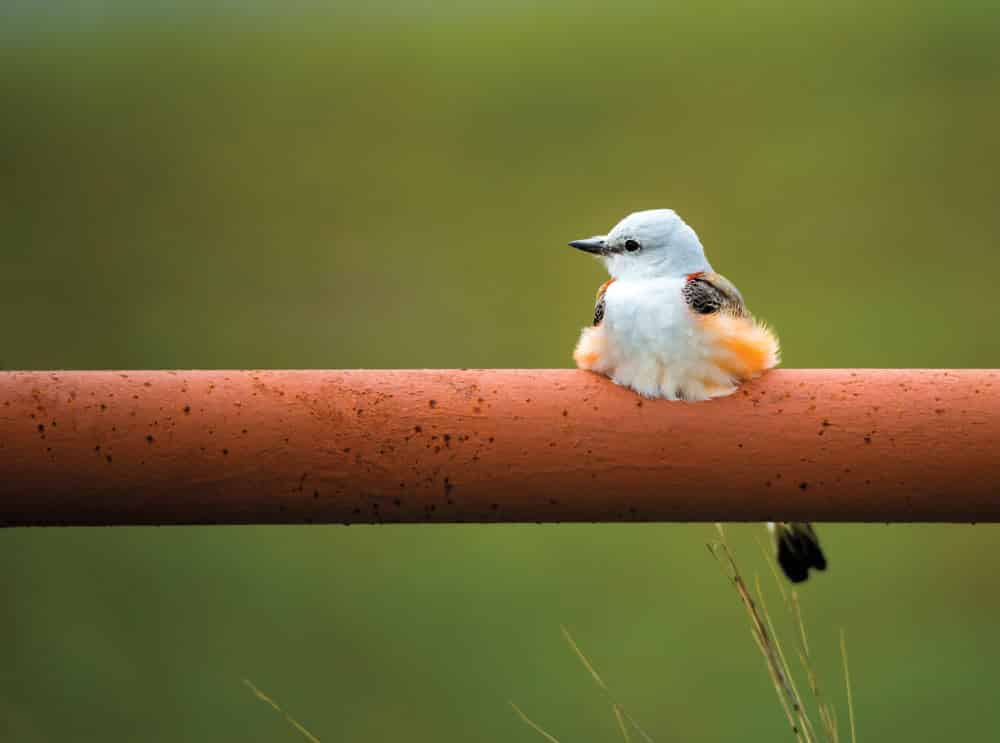
Texas Nature Trackers: Making a Difference
The opportunity to become a citizen scientist and engaged conservationist is available to all Texans, regardless of acreage or age, through Texas Nature Trackers, a Texas Parks and Wildlife Department program.
“Texas Nature Trackers is a bridge between Texans and the scientific community,” said Craig Hensley, Texas Nature Trackers Biologist. “Our program is designed to connect Texans with the flora and fauna of the Lone Star State and the scientific community that is conducting and keeping track of resource status.”
The tool of choice is iNaturalist, a powerful smart phone application acquired by the California Academy of Sciences in 2014 and jointly supported by National Geographic; it is currently used by 2.8 million people worldwide. (Seek, a child-friendly version for users 13 years and younger, is equally powerful, but does not require the user to create an account, thereby offering an extra level of security for young users.)
“iNaturalist uses artificial intelligence to almost immediately identify the plants, animals, birds and insects and other life forms that its users photograph,” said Hensley, noting the application can also help identify sounds from birds, amphibians and sound-producing insects. “It raises everybody’s levels, whether you’re an amateur or a professional, as a naturalist by about 10-fold.”
Knowledge provides engagement.
“Knowing what we’re seeing is the first step in caring about what we’re seeing,” Hensley said. “This app is an easy way to engage in nature that exists right out the backdoor.”
As a personal example, Hensley is using the iNaturalist app to record the changing species in his Hill Country yard as he converts it from a St. Augustine lawn to a native plant scape.
“So far, I’ve recorded and reported more than 200 species just in my backyard,” he said.
His photos—and those of every other user—are curated by a small, select team of conservation professionals and taxa expert, and the relevant data are sent to the Texas Natural Diversity Database. The database helps inform conservation public policy at the state and national levels.
Landowners can use iNaturalist to create a complete, detailed inventory of the flora and fauna on their properties.”
—Craig Hensley
Texas Nature Trackers Biologist
“While the focus in Texas is the 1,300 species of greatest conservation need, those species that are declining, rare, threatened or endangered, all data is useful,” Hensley said. “iNaturalist is a record that indicates this species was found here in this moment in time.”
For instance, a cardinal is an abundant bird found throughout Texas in 2020. Photo (and sound) records help document its current presence and, over time, historic range. If those records quit coming in from certain places, it signals scientists that there is a potential problem.
“iNaturalist works the opposite direction, too,” Hensley said. “We’ve been able to document that some species are more abundant than we thought.”
Recently, the Texas Nature Trackers team has been introducing the benefits of iNaturalist to private landowners with holdings of all sizes who operate under a wildlife tax valuation.
“Landowners can use iNaturalist to create a complete, detailed inventory of the flora and fauna on their properties,” Hensley said. “Knowing what you have not only provides documentation for the appraisal district, but can inform solid conservation management decisions.”
Knowing that privacy is a big concern, iNaturalist users have the option to block the location of their findings from public view. Only the select team of Texas Parks and Wildlife professionals and taxa experts who curate the data will see the location.
“The observation is still valuable to conservationists while protecting the privacy of the location for the user,” Hensley said.
Becoming a Texas Nature Tracker is simple: create an account, download the app and get outside.
“iNaturalist is an equal opportunity app,” Hensley said. “Whether you’re an urbanite, a suburbanite, a landowner who is protecting the future of the environment through stewardship, a hunter, a fisherman, a nature photographer or a kid in a park, everyone can make a difference and be part of conserving Texas.”
He continued, “If everyone bought into nature, the world—our collective future—would be much better.”
For more information about Texas Nature Trackers, go to the Texas Parks and Wildlife website (TPWD.Texas.gov) and search for “Texas Nature Trackers” or contact Craig Hensley at (512) 547-9730 or Craig.Hensley@tpwd.texas.gov or Tania Homayoun at (512) 389-8253 or Tania.Homayoun@tpwd.texas.gov.
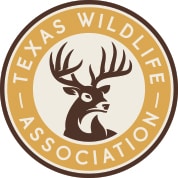
At Texas Wildlife Association, ranch size doesn’t matter. Landowners and wildlife do.
For more information about TWA, its programs and its membership, go to Texas-Wildlife.org.
